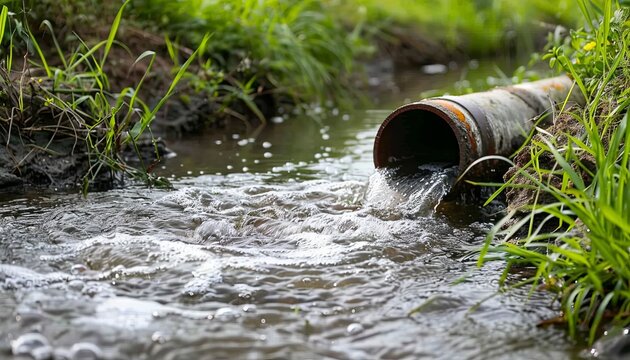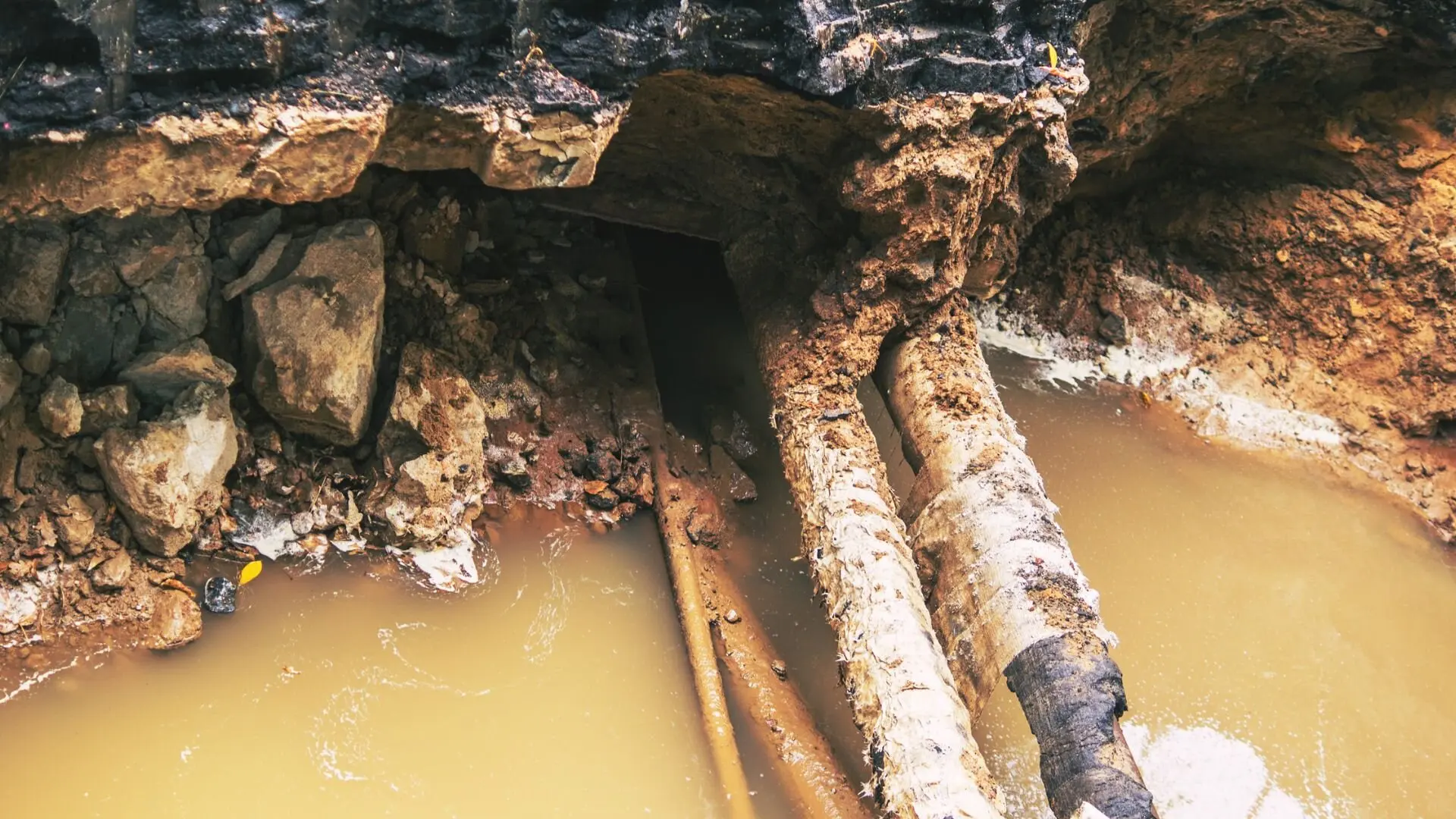Protecting Against Burst Water Lines: Vital Tips to Shield Your Pipes
Stopping ruptured pipes is a crucial concern for house owners, specifically during colder months when the risk of cold is heightened. Carrying out critical steps such as correct insulation, routine assessments, and preserving consistent interior temperatures can dramatically reduce the chance of pipe failure.
Understand Pipeline Vulnerabilities
Comprehending pipe susceptabilities is essential for efficient plumbing maintenance and preventing expensive damages. A number of aspects add to the vulnerability of pipelines to bursts, including product composition, age, and environmental problems. Older pipes, specifically those made from galvanized steel or polybutylene, typically break down gradually, leading to boosted danger of leaks and tears.
Temperature changes can likewise considerably effect pipeline stability. In cooler climates, water caught in pipelines can ice up, expanding and applying stress on the pipeline walls, which might inevitably lead to a ruptured. Furthermore, high water stress can stress pipelines, especially at joints and bends, increasing the probability of failing.

Insulate Pipes Properly
Proper insulation of pipelines is vital for protecting against cold and succeeding bursts during winter (burst pipe). Insulating your plumbing system efficiently safeguards against temperature drops that can cause pricey damage. Begin by recognizing susceptible areas where pipelines are exposed to outdoor temperatures, such as basements, attics, and outside walls
Use foam pipe insulation sleeves or cover insulation tape around these areas to provide a safety barrier. Ensure that all areas of the pipelines, particularly those with restricted warmth direct exposure, get sufficient insulation. Pay unique focus to joints and installations, as these are much more prone to cold.
When protecting, it's important to select products that fulfill regional building codes and are appropriate for the certain setting. As an example, fiberglass insulation is usually suggested for its thermal resistance properties - burst pipe. Additionally, think about using warm cords or tape in severe problems, which can be connected in to supply extra heat
Frequently evaluate insulated pipes for any kind of indicators of wear or damages, as endangered insulation can diminish its performance. By taking these proactive actions, you considerably reduce the risk of pipe bursts, making certain a dependable plumbing system throughout the winter season.
Maintain Regular Temperature Level
A secure interior temperature is crucial for protecting against ruptured pipes throughout the frigid months. When temperature levels decline, water within pipes can ice up, creating and increasing stress that may inevitably trigger the pipelines to burst.Making use of a programmable thermostat can assist manage indoor temperatures properly, guaranteeing that rooms with pipes continue to be warm also when the home is unoccupied.
This minor flow of water can stop cold by reducing stress within the pipes. By applying these strategies, homeowners can substantially minimize the danger of pipe ruptureds and protect their plumbing systems against the harsh winter season aspects.
On A Regular Basis Evaluate Plumbing
Normal assessments of plumbing systems are essential for protecting against burst pipes and maintaining overall home stability. During these like this evaluations, it is important to examine visible pipelines for indicators of deterioration, leaks, or wear.
Furthermore, inspecting joints and links is essential, as these factors are often at risk to leaks. House owners must likewise evaluate water pressure levels, as excessive pressure can strain the plumbing system and raise the threat of pipe ruptureds.
Consider organizing professional plumbing examinations at least as soon as a year, specifically prior to winter, useful link to guarantee your system is prepared for cooler temperature levels. By being proactive in your method, you can safeguard your home versus the turbulent and costly repercussions of burst pipes.
Know Emergency Situation Procedures
Recognizing emergency situation procedures is vital for every homeowner, particularly after carrying out routine plumbing assessments. Being prepared for a plumbing emergency situation can substantially reduce damage and conserve costs.
Next, maintain essential tools useful. A plumbing emergency package ought to consist of a wrench, bettor, and towels, as well as a flashlight and a bucket for little leaks. Furthermore, consider having the call info for a relied on plumber readily available, should the circumstance intensify past your control.
If you find a leakage or ruptured pipe, quickly switch off the water and notify your plumbing. Document the damages with pictures for insurance policy objectives. Recognize the indicators of potential plumbing problems, such as uncommon Going Here water stress variations or damp spots on wall surfaces
Ultimately, aggressive understanding and quick action are crucial in taking care of plumbing emergency situations, ensuring your home remains safeguarded and lessening potential damage.

Verdict
Finally, protecting against ruptured pipes requires a complex strategy that includes understanding pipeline susceptabilities, correct insulation, maintaining consistent interior temperature levels, regular evaluations, and expertise of emergency situation treatments. By executing these important methods, the threat of pipes failings can be substantially lowered, consequently making certain the durability and effectiveness of the pipes system. Proactive actions not just protect against possible damage however likewise contribute to general water preservation and the protection of residential or commercial property.
In colder environments, water entraped in pipes can freeze, increasing and applying stress on the pipe wall surfaces, which might eventually lead to a burst. When temperatures decline, water within pipelines can ice up, producing and increasing stress that might eventually cause the pipes to burst. By carrying out these methods, property owners can considerably decrease the risk of pipe bursts and protect their plumbing systems versus the rough winter components.
